Remember when the low-fat craze was all the rage? Everyone was swapping out their regular foods for low-fat versions, thinking it was the key to a healthier life. Turns out, that trend has been pretty debunked. Experts now say that those low-fat foods often come with hidden sugars and other issues that can be worse for you. Let’s dive into why low-fat options might not be the best choice after all and what you’re really missing out on. If you’re still thinking that grabbing the low-fat version of your favorite packaged food is the better choice, think again.

Higher Sugar Content

Low-fat foods often replace fat with sugar to maintain flavor. This means you might be consuming more sugar than you realize, which can lead to weight gain and other health issues. Next time, check the label to see just how much sugar is packed into that low-fat yogurt or snack.
Lack of Satiety

Fat helps you feel full and satisfied after a meal. When you cut out fat, you might find yourself feeling hungry soon after eating, leading to overeating. Including healthy fats in your diet can help keep hunger at bay and maintain a healthy weight.
Essential Nutrients Missing
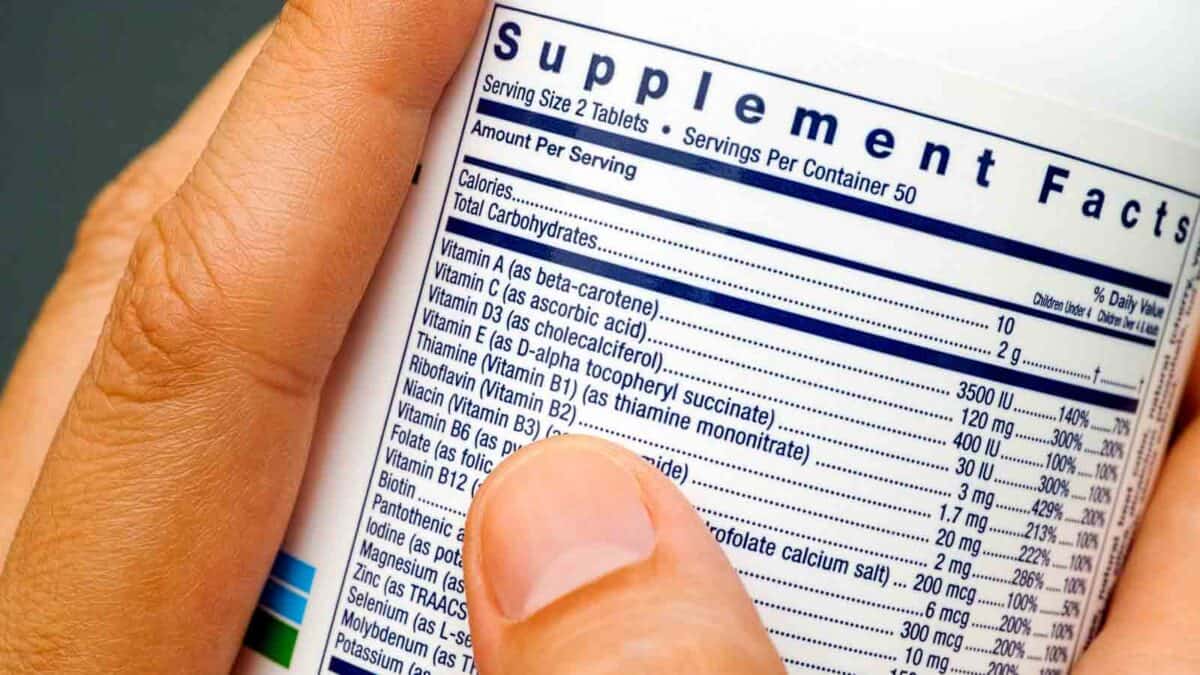
Fats are essential for absorbing fat-soluble vitamins like A, D, E, and K. When you avoid fats, you might miss out on these crucial nutrients, affecting your overall health. Make sure to include sources of healthy fats to keep your nutrient intake balanced.
Processed Ingredients
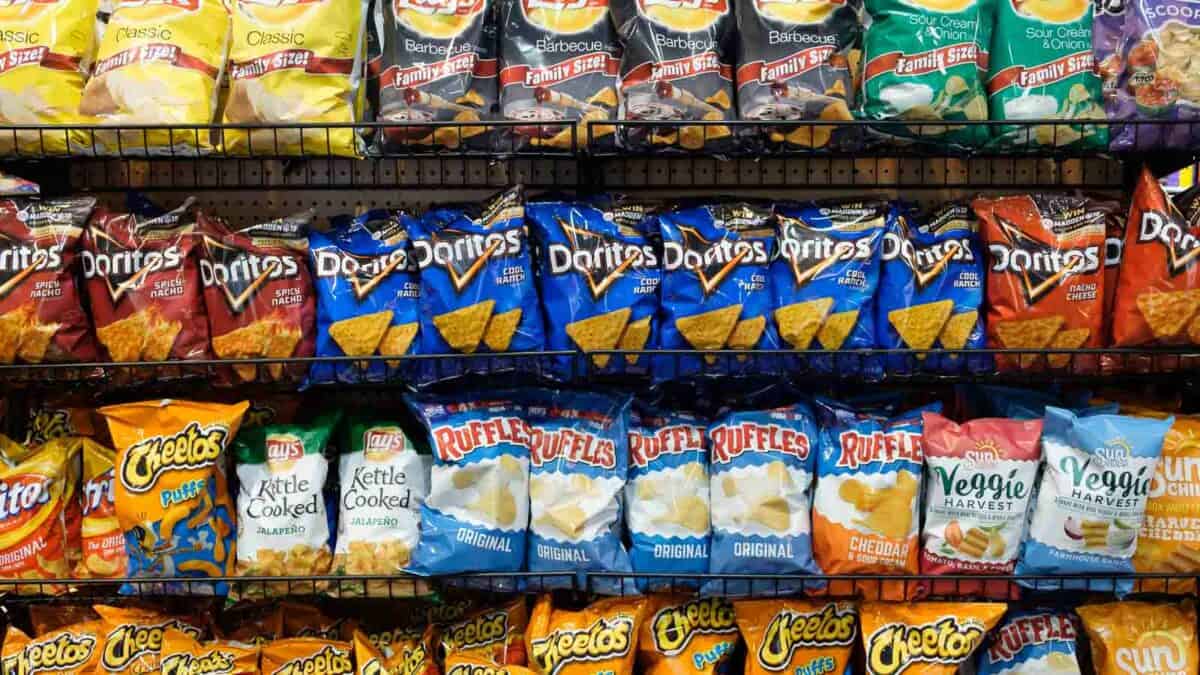
Low-fat foods often contain more processed ingredients and additives to improve taste and texture. These can include artificial flavors, thickeners, and preservatives that aren’t necessarily good for your health. Whole foods with natural fats are generally a better option.
Misleading Health Claims

The term “low-fat” can be misleading, making you think a product is healthier than it actually is. Just because something is labeled low-fat doesn’t mean it’s good for you. Always read the full ingredient list and nutritional information to make informed choices.
Increased Cravings

Cutting out fat can increase cravings for other foods, particularly carbs and sugars, as your body seeks quick energy sources. This can lead to an unhealthy cycle of snacking and poor food choices. Including fats can help stabilize your energy levels and reduce cravings.
Impact on Brain Health

Your brain needs healthy fats to function properly. Low-fat diets can negatively affect cognitive function and mood. Including fats like omega-3s found in fish, nuts, and seeds supports brain health and mental well-being.
Less Flavorful
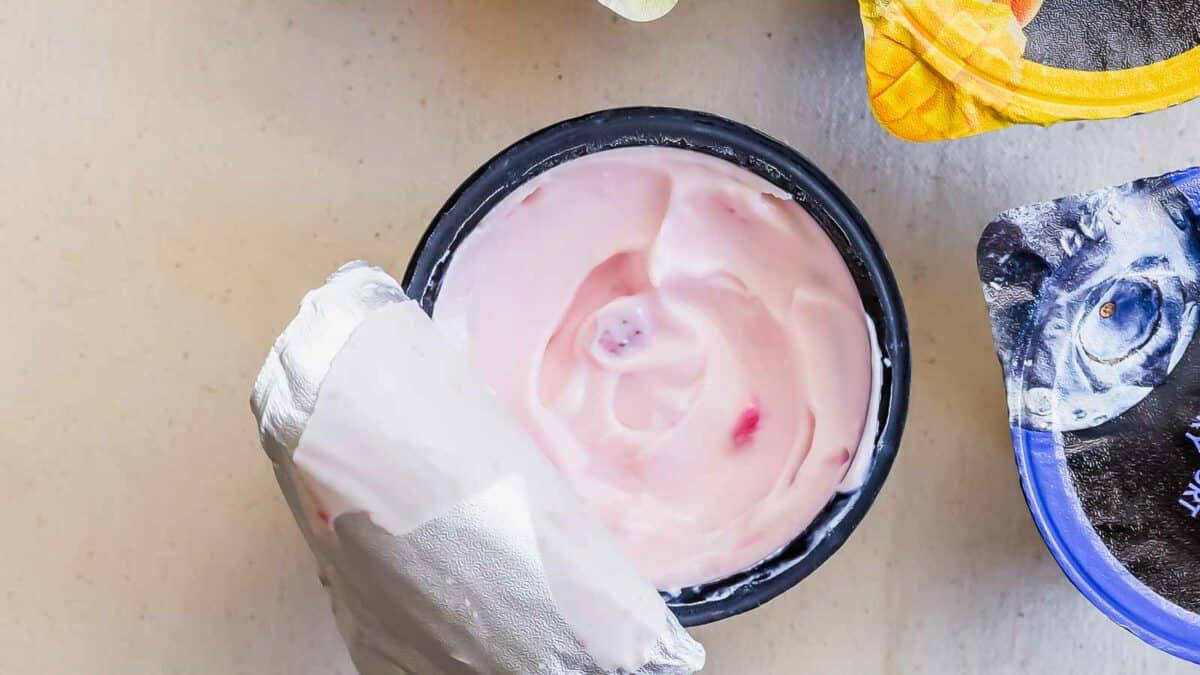
Fat adds flavor and richness to food. When fat is removed, the taste can suffer, leading manufacturers to add more salt and sugar to compensate. Enjoying foods with their natural fats can be more satisfying and delicious.
Hormone Imbalance

Fats are vital for hormone production and regulation. Low-fat diets can disrupt your hormonal balance, affecting everything from your mood to your metabolism. Ensure you’re getting enough healthy fats to keep your hormones in check.
Overall Health Impact

Avoiding fats altogether can have a broader negative impact on your health, from skin issues to immune function. Healthy fats play a role in numerous bodily functions, so it’s important to include them in your diet for overall wellness.
11 High-Fat Foods That Are Surprisingly Good for You
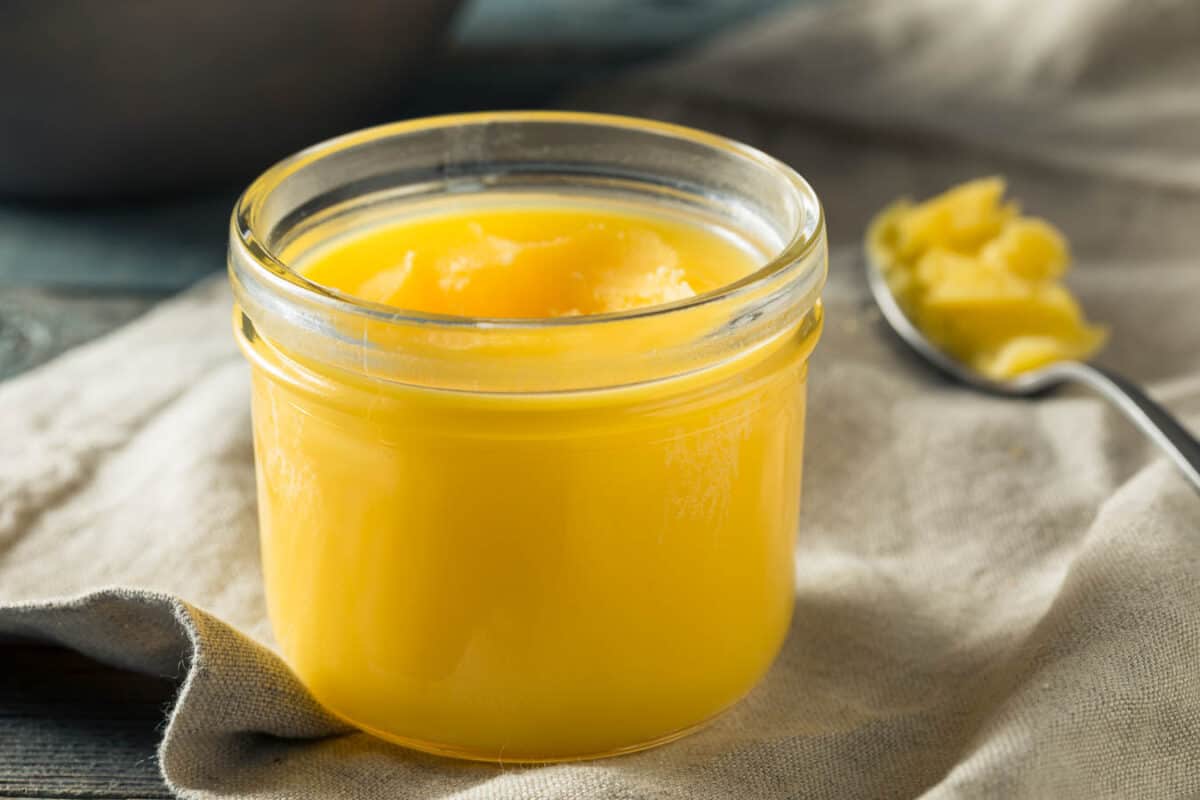
We’ve all heard that fat is bad, but it’s time to set the record straight. Not all fats are created equal, and some are actually great for your health. In fact, these 11 high-fat foods come highly recommended by experts for their health benefits. So, don’t shy away from these delicious options—your body will thank you!
Read it Here: 11 High-Fat Foods That Are Surprisingly Good for You
11 Best Fruits To Eat For A Diabetic-Friendly Diet
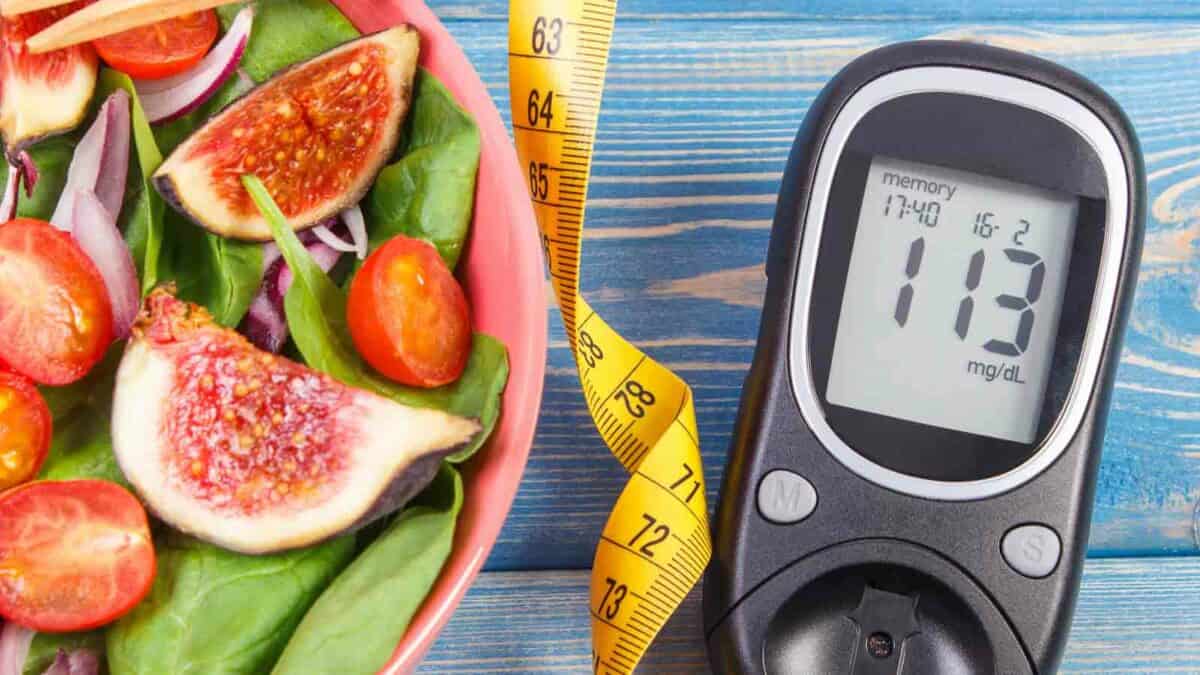
Navigating the world of what to eat can be tricky when you’re managing diabetes, especially when it comes to fruits. Yes, fruits are packed with essential nutrients and can be a great way to satisfy a sweet craving, but they also bring carbohydrates to the table, which means they have the power to influence your blood sugar levels.
However, not all fruits affect glucose levels in the same way; some have a lower glycemic index (GI) and provide a slow, steady source of energy without the spike. Let’s dive into which fruits are most diabetes-friendly, offering the sweet taste and nutritional benefits without the worry of sending your blood sugar on a roller coaster ride.
Read it Here: 11 Best Fruits To Eat For A Diabetic-Friendly Diet
*Select images provided by Depositphotos.
Gina Matsoukas is an AP syndicated writer. She is the founder, photographer and recipe developer of Running to the Kitchen — a food website focused on providing healthy, wholesome recipes using fresh and seasonal ingredients. Her work has been featured in numerous media outlets both digital and print, including MSN, Huffington post, Buzzfeed, Women’s Health and Food Network.












